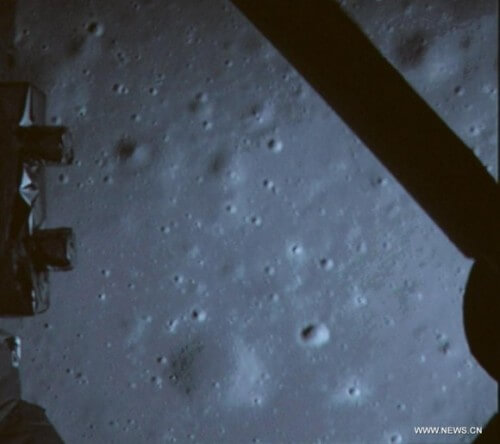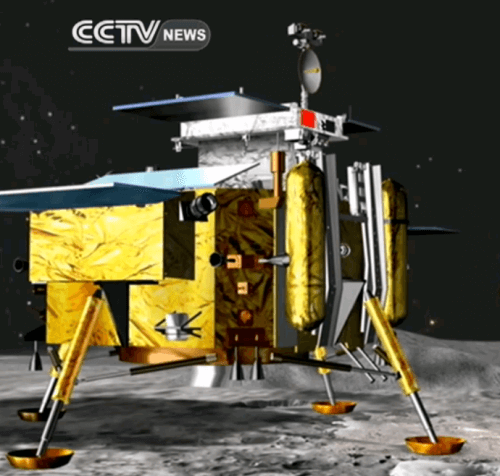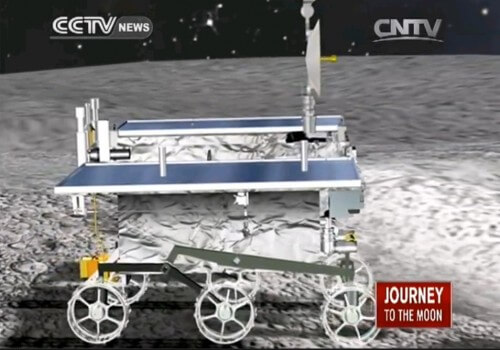Now the Chinese scientists will focus on operating its devices and the safe removal of the Yoto robotic vehicle from it and its independent operation


The Chinese spacecraft Shanghai 3 landed safely on the moon at 15:20 Israel time. This is according to the Chinese Space Agency through the Xinhua news agency and the CCTV television station. This is the first time a Chinese spacecraft makes a soft landing on another celestial body.
After the landing, the Chinese scientists began checking the integrity of the lander's instruments and communication systems.
The spacecraft landed in free fall and only at the last stage were its engines activated to slow down and airbags were deployed to stop the impact on the ground. Now the scientists will develop the solar collectors and the antennas that will enable the spacecraft instruments to be operated and controlled from Earth.
In the next step, the Chinese will try to remove from it the robotic vehicle Yuto (named after a mythological rabbit that Princess Shenja brought with her to the moon after she was forced to flee the Earth after taking a drink that allowed her eternal life). In contrast to the manned missions in which the landing facility was not used and the focus was directly on the robotic vehicles, this time the landing facility also has a scientific use, and in it, as well as in the robotic vehicle, four scientific instruments were installed.
The spacecraft and the robotic vehicle are equipped with nuclear batteries that will allow them to survive the lunar nights that last two weeks, and in which the temperature may drop below minus 100 degrees Celsius.
The vehicle is not fully autonomous. He can choose a route in which he will bypass large rocks, and he can also decide which rocks to dig according to the software installed in him, but most of his operation and driving will be done through remote control from the ground.

More of the topic in Hayadan:
- Rabbit on the moon
- The Shenja 3 spaceship was launched
- The Americans will follow the landing and learn more details about the moon


5 תגובות
China lags in this matter about 55 years behind the USA and the former USSR.
Landing location:
http://lpod.wikispaces.com/December+15%2C+2013
Hello, the Chinese spacecraft that landed on the moon is not affiliated with, does not participate in the Google competition, the SPACE IL association, the only group from Israel and therefore representing Israel is in a good place and has a good chance of winning the competition.
The competition is for non-governmental organizations
Does that mean they win Gogol's competition in space or they don't participate in this competition at all?